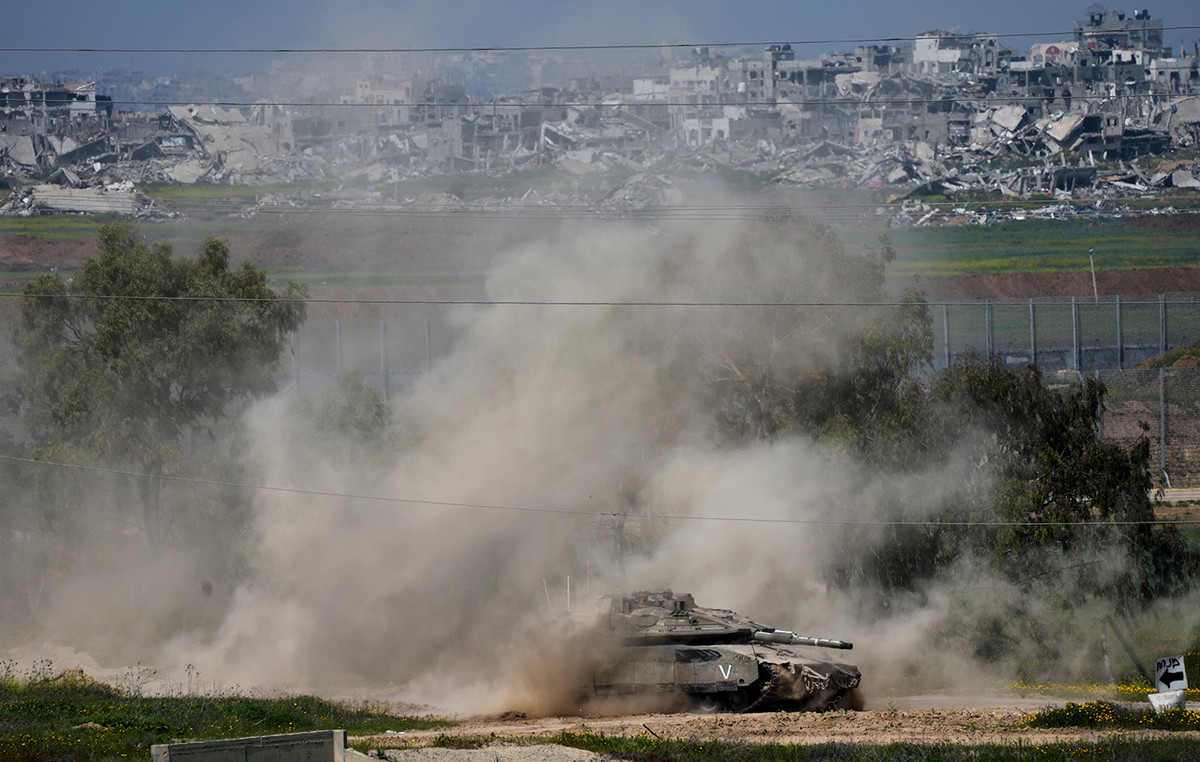A survey by the Public Defender’s Office of Rio de Janeiro (DPRJ), released this Thursday (5), shows that 80% of defendants acquitted for errors in the use of photo recognition spent more than a year in prison . The report brings 242 cases judged at the State Court of Justice, between January and June 2021, with almost half being processed in the state capital.
Of the 342 defendants identified, 65 were acquitted – representing 30%. Of these, 54 had provisional arrest decreed throughout the process, for an average period of one year and two months. According to the survey, the longest period of imprisonment recorded was 2,185 days, almost six years, and the shortest was 24 days.
The profile of the accused based on photographic recognition is recurrent: black men. Almost 96% are male and blacks and browns represent, together, 63.74% of prisoners. In most cases analyzed (88.84%), the charge was the crime of theft.
The photographic recognition process works as follows: the victim or witness identifies the person they believe to be the perpetrator of the crime through a photograph. The photo can be presented in an existing “album of suspects” in the police stations or it can be extracted from social networks.
For the coordinator of Criminal Defense of the DPRJ, Lucia Helena Oliveira, the presentation of a single photo to the victim and the display of images on cell phone screens with low resolution are some of the problems related to the method.
“Legislation still needs to move forward. We need, for example, more transparent rules about the images to be shown for recognition, as a form of minimum guarantee of rights,” he said.
In January 2022, the Rio de Janeiro Court of Justice (TJRJ) recommended that magistrates reassess pretrial detention decisions based solely on photographic recognition.
The Ombudsman’s document, released this Thursday, highlighted that the term ‘photographic recognition error’ is not mentioned directly in the processes.
“We talk about inconsistency, fragility, insufficiency, insecurity, uncertainty, doubt, inducement, addiction and procedure, but not about “error”, that is, it is about the analysis of cases that question the way in which the photographic recognition was carried out. , focusing on the need for clearer regulation on this type of evidence”, the report highlighted.
Source: CNN Brasil







